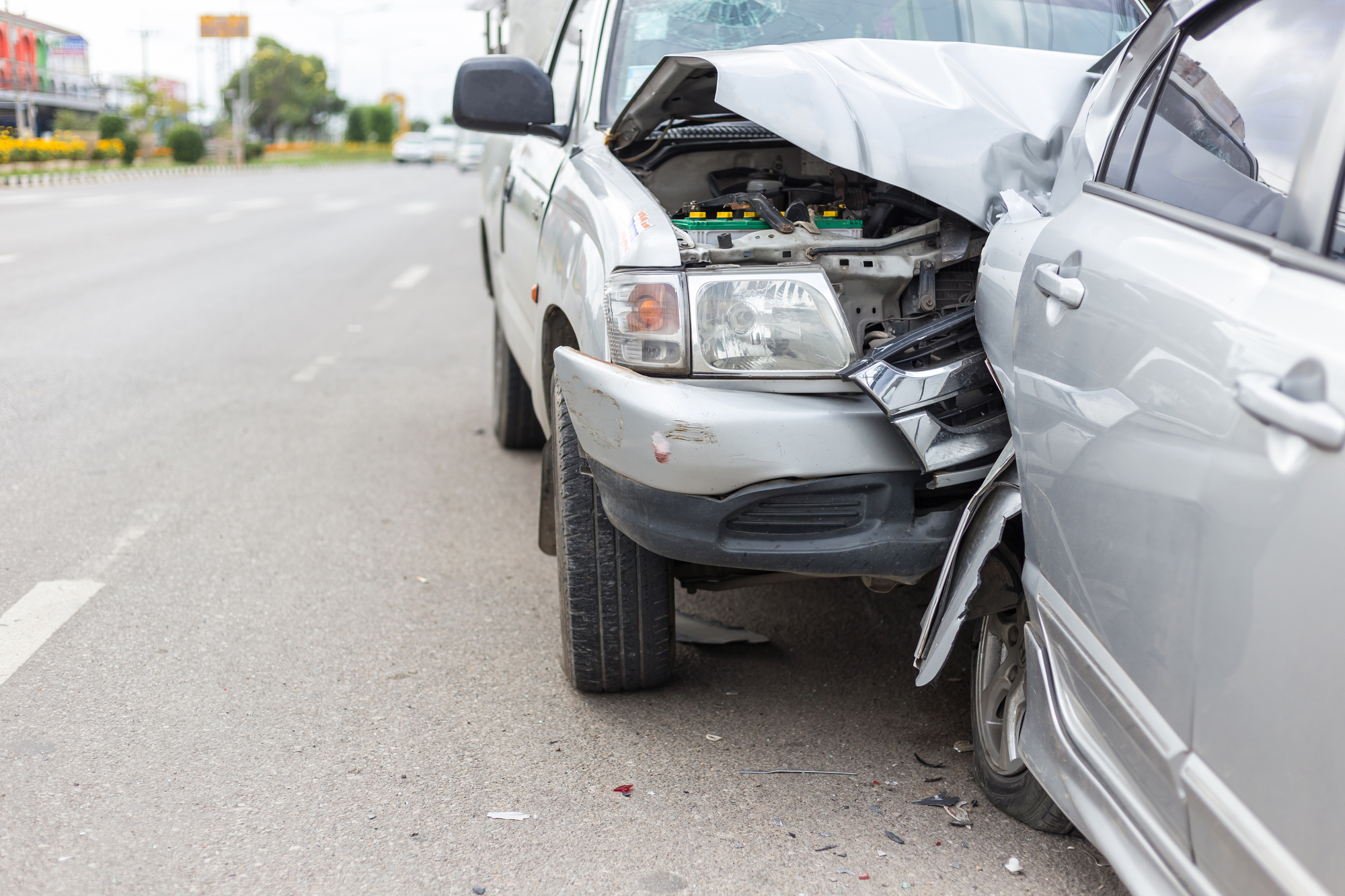What Does Fault Mean?
“Fault” is a legal term used to assign blame. When determining fault during a car accident, you, your insurance, and the police are attempting to assign blame for the accident. The person who is determined to be at fault when speaking about a car accident tends to be the person who holds the majority of the legal burden.
Their insurance tends to be the one that takes the biggest hit. They can be held financially responsible for damages to property. They will be expected to compensate health bills if necessary. Furthermore, someone determined to be at fault for an accident may be held criminally accountable, depending on the details surrounding the accident.
It is easy to say that you do not want to be at fault for a car accident. However, just as much as you do not want to be at fault, you do want to identify the person who was at fault.
In two-vehicle accidents, it is usually fairly easy to determine which driver is at fault. Someone running a stop sign and clipping your vehicle would be considered at fault in that situation. Likewise, if you are obeying all traffic laws and someone rear-ends you while you are waiting for a red light to turn green, then you are not at fault.
How is Fault Determined?
Fault can be determined in a number of different ways. Determining fault starts with the drivers at the scene of the accident.
Even if you feel you are the cause of the accident, avoid admitting anything. You may not have all of the details, and admitting to causing an accident can be difficult to retract.
Take pictures of the accident using your cell phone, if able. Take pictures of the damage to both vehicles, including the license plates of said vehicles. Try to do this at the scene of the accident before the vehicles are moved if it is safe to do so.
Collect information from the other drivers, including their driver’s license and insurance cards.
Take pictures of your surroundings at the scene of the crash. Include traffic control measures such as signage, traffic lights, and intersections. Include weather conditions, time of day, and traffic conditions, such as heavy traffic.
All of this information can be used to determine who is at fault.
When the police arrive at the scene of your accident, they will assess the scene, including damage to both vehicles involved and medical injuries, and collect your statement, as well as the statements of passengers, the other driver involved, their passengers, and anyone who may have witnessed the accident.
While assessing the accident, the officer will also be assessing the people involved. Was someone driving while under the influence? Was someone distracted by their cell phone while they were driving?
Police will use the information gathered from the scene, as well as from the people involved, in an attempt to determine who was at fault for the accident. While their report is not the final word, it is often the word insurance companies will use when determining who is at fault.
The insurance companies of the parties involved can also determine who was at fault. Many insurance companies are incorporating more and more virtual assets for drivers to use. Using your insurance company’s app, you can submit pictures of the accident, pictures of damage, and a summary of the accident. Your insurance company will then assess this information, as well as the information submitted by the other parties, and attempt to determine who is at fault.
What if Three or More Vehicles are Involved?
When attempting to determine who is at fault when there are three or more vehicles involved in an accident, much of the same information laid out above is still used. Traffic and weather conditions, distractions, which vehicle hit the other vehicle or vehicles where. All of this information is used to determine who is liable. More than one person may be found liable in these instances.
Florida uses comparative negligence rules when determining who is at fault for an accident. This means that it can be determined that one, two, or all parties share some blame for the resulting accident. This is determined by a percentage system, meaning that one person can be found 100% liable, or one person can be found 30% liable, while the other parties make up 40% and 30% of the blame.
Similar to a two-vehicle accident, your photos of the vehicles involved in the accident, the scene of the crash, and the driving conditions can all affect who is found to be at fault. Police assessment and insurance assessment will all play a part in determining who was at fault.
What to do If You Are Found Liable for a Multi-Vehicle Accident?
While we want to believe in and trust the system, it sometimes gets it wrong. Police and insurance companies are just as susceptible to biases as anyone else. Insurance companies have a vested interest in not being associated with the liable party, especially in a situation involving three or more vehicles. They may hire their adjusters and private investigators in an effort not to be financially responsible for an accident with so many moving parts.
If you feel like you are being unfairly assigned the blame for a car accident, do not hesitate to speak with an experienced car accident attorney. You and your attorney can take the evidence, investigate the circumstances, and ensure a just outcome.
Call 954-800-2864 to schedule your consultation with Bozanic Law. Don’t leave your fate up to chance; contact us today and protect your livelihood!


 Call Us Now
Call Us Now Email Us Now
Email Us Now





